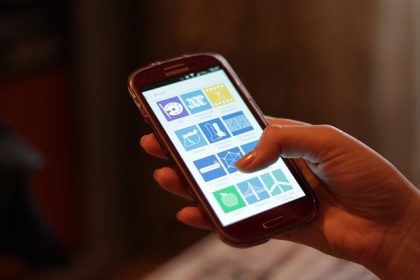
Bluetooth Users Warned of “Bluesnarfing” Scam
Today, more than three quarters of Americans own a smartphone, and it has become a ubiquitous part of our lives. Unfortunately, where popularity leads, crime has a tendency to follow, and while most of us are well aware of the need to keep our phones secure, the latest phenomenon of Bluesnarfing is something that could take even the most technically savvy phone users unaware.
Bluetooth is one of those features that most of us use from time to time, but few of us really think about. It is a great feature for streaming music via the latest bluetooth speakers or taking phone calls legally and safely in the car, but how often do you leave bluetooth enabled when not in use? Often enough for bluesnarfing to become a genuine threat to personal data.
How does it work?
Research suggests that almost half of smartphone users leave Bluetooth enabled all the time on their phones, in many cases without even realizing they have done so. Scammers can use this vulnerability to access your phone by using a device of their own to seek out nearby Bluetooth devices that are in discovery mode. The really scary part is that “nearby” means within 300 feet or so, suggesting that the hacker can be out of sight without being out of range.
Once your phone has been compromised in this way, the hackers can access your contacts, passwords, emails, photographs and all the other personal information you keep on your device. They can also make calls through your phone, leaving you to foot the bill.
How to protect yourself?
You can protect yourself from the Bluesnarfing phenomenon by taking some very simple precautions to greatly increase your safety:
- Disable Bluetooth when you are not actively using it.
- Use a secure PIN, one that is at least eight characters long.
- If you are constantly using Bluetooth, for example with your car system and speakers, leave it set to “not discoverable.”
- Configure your phone’s security settings to require user approval for new connection requests.
- Never accept pairing requests from people you do not know.
- When pairing with a device for the first time, avoid doing so in a public area.
Vigilance
As with most areas of online and technology-based security, the key to safety is vigilance. By following the above tips, and ensuring that your phone is not giving out an open invitation, the likelihood of your falling victim to a Bluesnarfing attack will reduce enormously.
![]()
